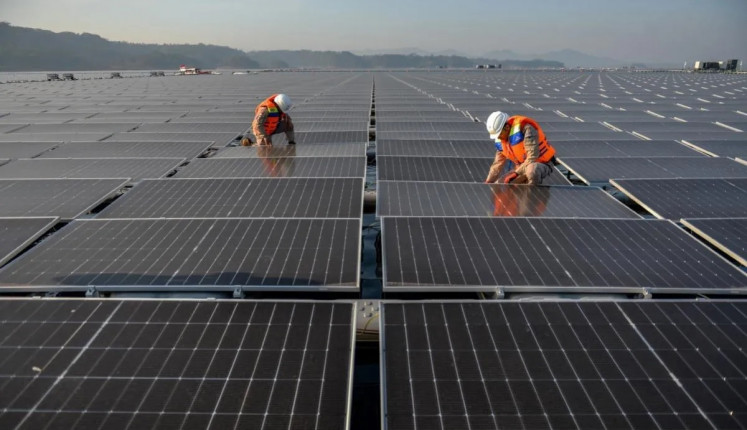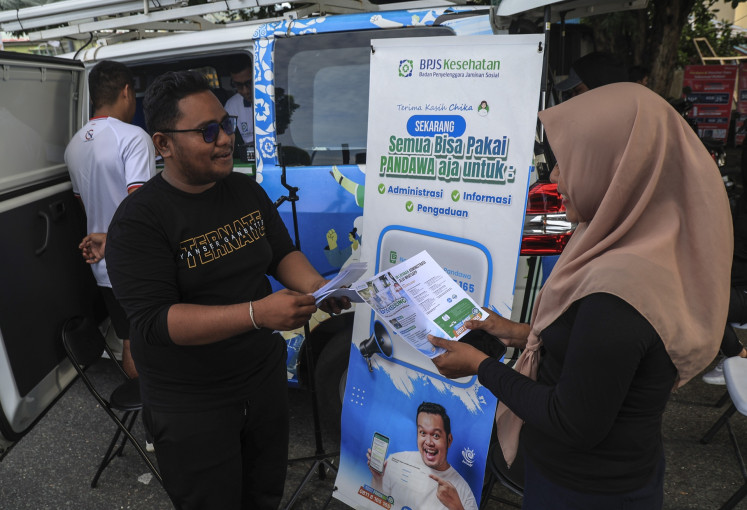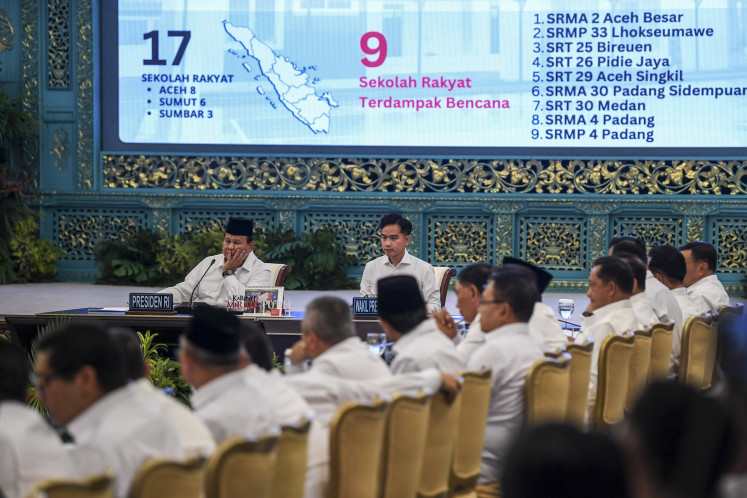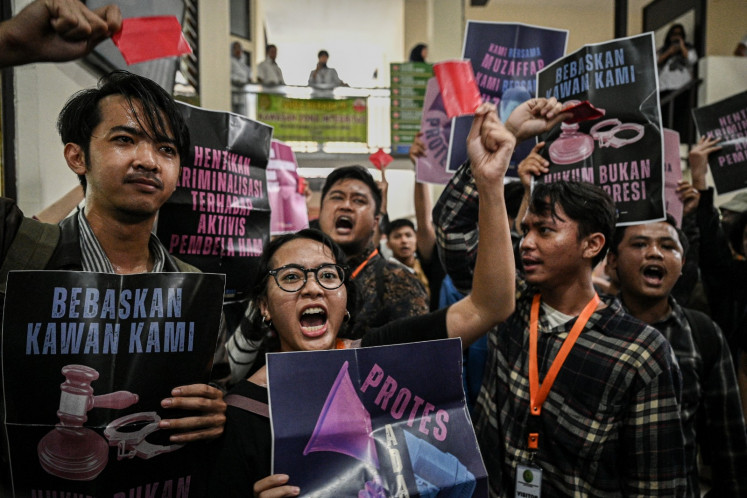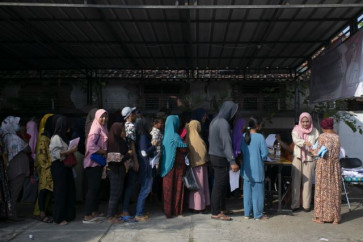Popular Reads
Top Results
Can't find what you're looking for?
View all search resultsPopular Reads
Top Results
Can't find what you're looking for?
View all search resultsMultidimensional poverty: Peeling off poverty layer by layer
In an evidence-based policy framework, poverty reduction based solely on monetary calculations dwarfs the definition and scale of poverty itself.
Change text size
Gift Premium Articles
to Anyone
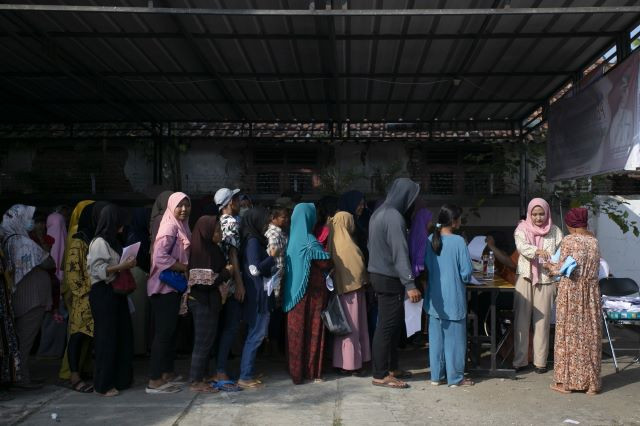 Cash strapped: Residents of Indramayu regency, West Java, line up for cash transfer from the government at the post office on May 23, 2023. Each of the low-income families received Rp 600,000 (US$40.13) in assistance, which is aimed to help them withstand the impacts of economic troubles. (Antara/Dedhez Anggara)
Cash strapped: Residents of Indramayu regency, West Java, line up for cash transfer from the government at the post office on May 23, 2023. Each of the low-income families received Rp 600,000 (US$40.13) in assistance, which is aimed to help them withstand the impacts of economic troubles. (Antara/Dedhez Anggara)
T
he complex nature of poverty is disregarded when policies solely rely on static monetary measurements. Take the case of Widati, a single parent who lives in Jakarta and has to care for her child with a cognitive disability while looking after her two elderly in-laws. They reside in a house provided by her parents-in-law with decent housing materials.
Due to the intensive care and supervision her child requires, Widati cannot work outside her home. She must also cover the costs of her child's tuition and daily transportation to attend a specialized school, amounting to Rp 1 million (US$66.85) per month.
Unfortunately, she is not eligible to receive social assistance because her daily expenses and housing conditions exceed the average poverty standard in Indonesia. Widati can only rely on the income generated from her small grocery shop and occasional gifts from others to make ends meet.
This case taken from the Prakarsa research may be happening all around our neighborhoods and is the reason for the urgency why the poverty rate’s measurement standards and methodologies are vital and must be scrupulous.
Recently, the World Bank recommended that Indonesia adjust the definition of poverty to match its income status. Therefore, as a prospective upper-middle-income country, Indonesia must move up to the most up-to-date fashion: $3.2 a day or Rp 30,064 on purchasing power parity basis (PPP). Nevertheless, the current threshold of Indonesia’s extreme poverty in the 2011 PPP standards remains at $1.9 or Rp 17,851 per person daily. It has been unchanged for over a decade, capturing only the increase in purchasing power rather than a normative rise in the standard of living.
In addition to underestimating and capturing inaccurate poverty, lower standards also exclude vulnerable groups in the higher middle class to be identified so that government interventions for them do not even exist.
Using the new poverty standard, according to Finance Minister Sri Mulyani Indrawati, the poverty rate would rise to 40 percent. But this seemed a little exaggerated.





